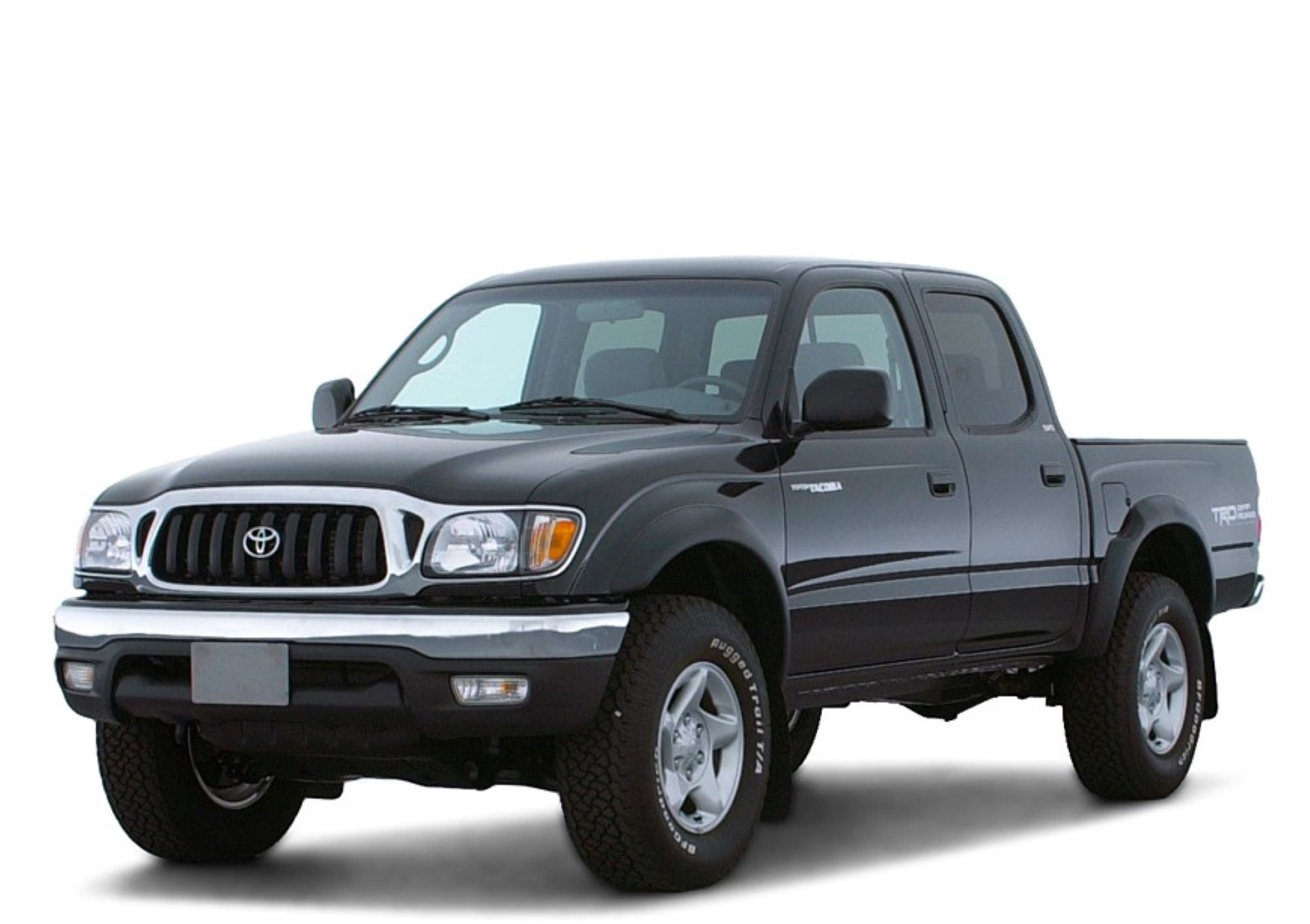
A corrugated box, also known as a cardboard box, is one of the most popular materials used to wrap products by most producers and sellers. Cardboard refers to a box made of paperboard. We see cardboard being used to pack different items in our everyday lives.
Cigarettes, shoe wrapping, and food are only a few examples of products that use cardboard in microwave as a wrapper. One type of food that often uses cardboard as a cover is fast food. Salads, pizzas, donuts, and Chinese food are just a few of your favorite cardboard-wrapped foods. The seller’s cardboard is of the food-grade variety in this scenario.
The thing is, those of you who frequently order takeout can frequently save leftovers. You will want to reheat it the next day after putting it in the refrigerator. If the packaging is made of plastic, will it be heated in the microwave? Is it necessary to move it to another container before microwaving it? Here’s a quick rundown of what you need to know.
Before putting a cardboard container in the microwave, check to see if it has a “microwave clear” sticker. If your food container has such a sticker, you should be able to microwave it safely. However, you cannot use the microwave for a long period.

Make sure all metal from the packaging is removed before using the microwave to heat the cardboard. This is because metal items, such as handles or staples, can pop and cause damage to your microwave. As a result, make sure you’ve removed all of the metal components from the cardboard first.
There are no hard and fast rules for how long you can cardboard in microwave. However, you are incorrect if you believe that heating food in cardboard containers will save you more time. Otherwise, inspecting and preparing it may take longer than transferring the food to another container before heating it.
In other words, you shouldn’t put it in the microwave for too long because it will degrade the cardboard and food. To stop fires, make sure your microwave is set to a low-temperature configuration. After that, keep an eye on it and make sure it doesn’t overheat or burn. You also can’t leave your microwave on when the food is being cooked.
At last, transferring your food to another container before microwaving is much better. That option is preferable to the possibility of poisoning and burning. After all, transferring food to containers or plates takes very little time.









